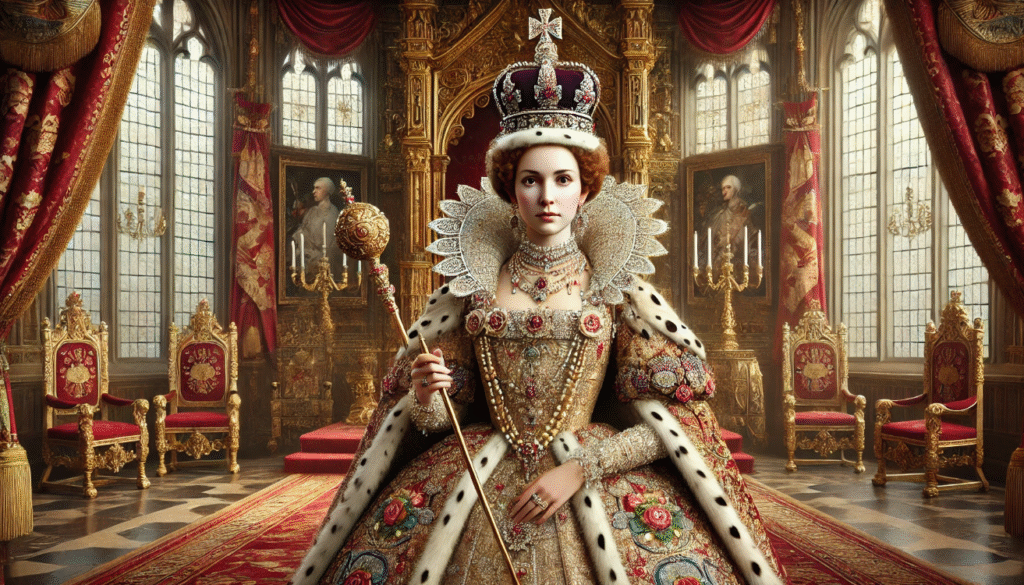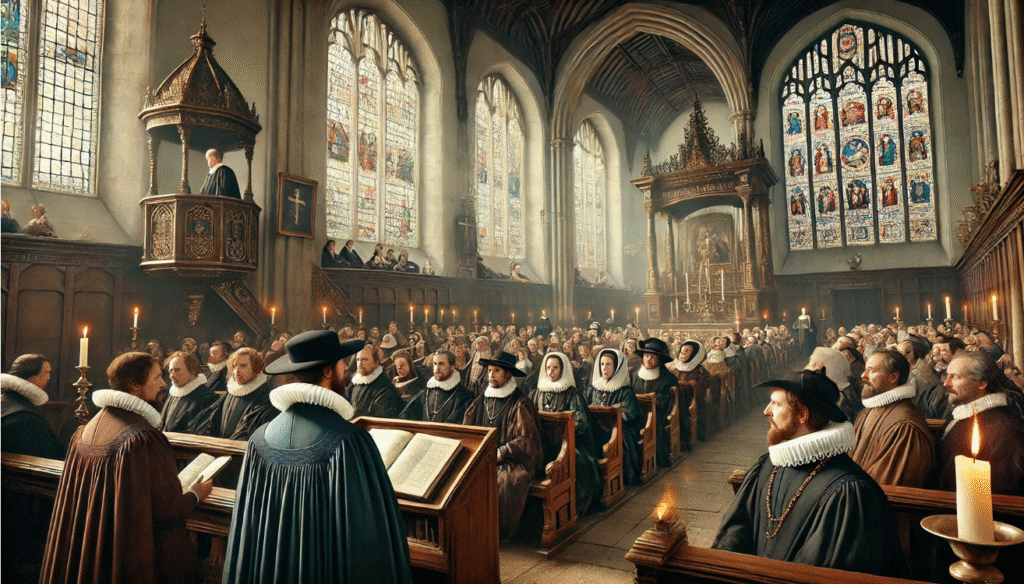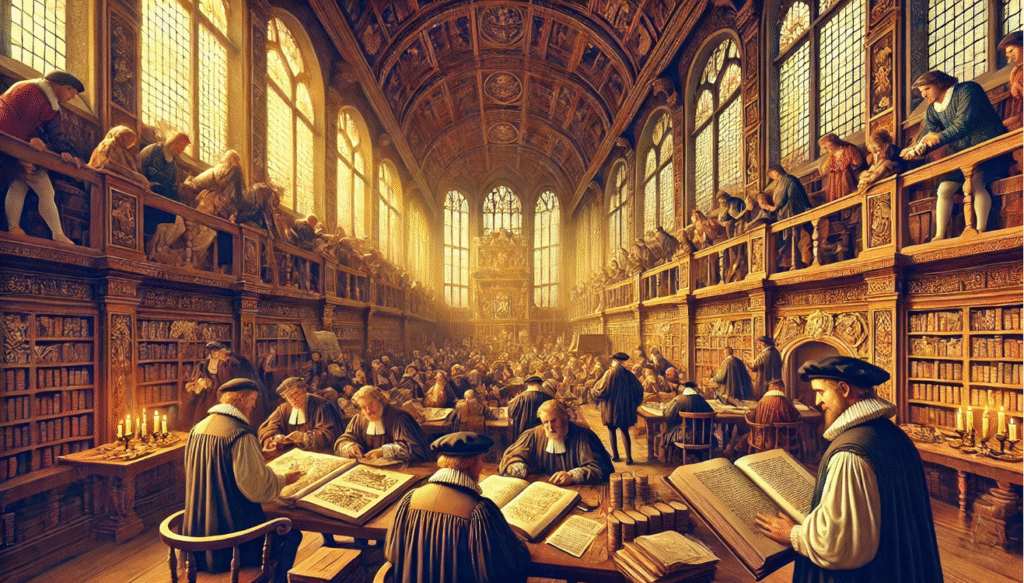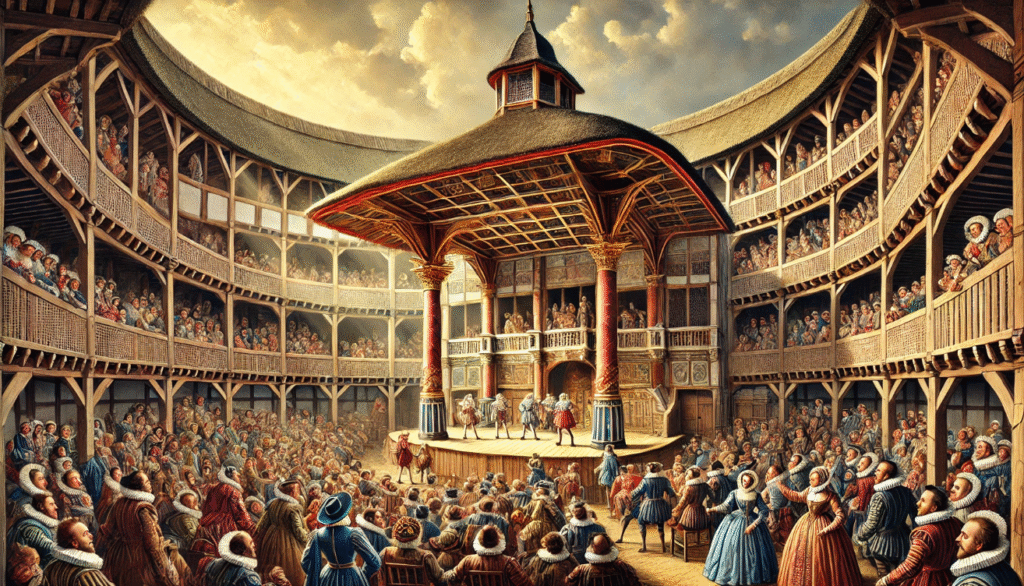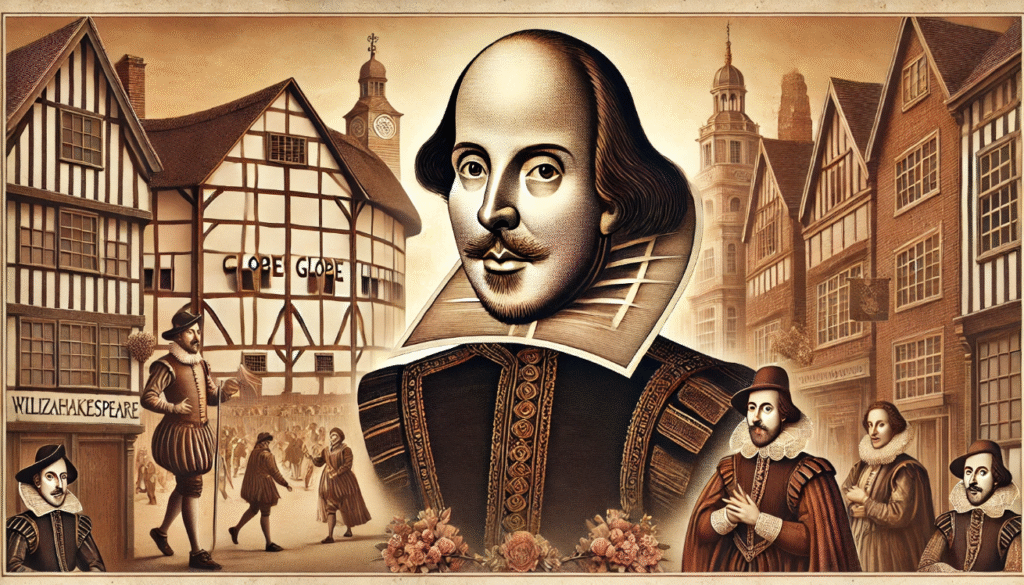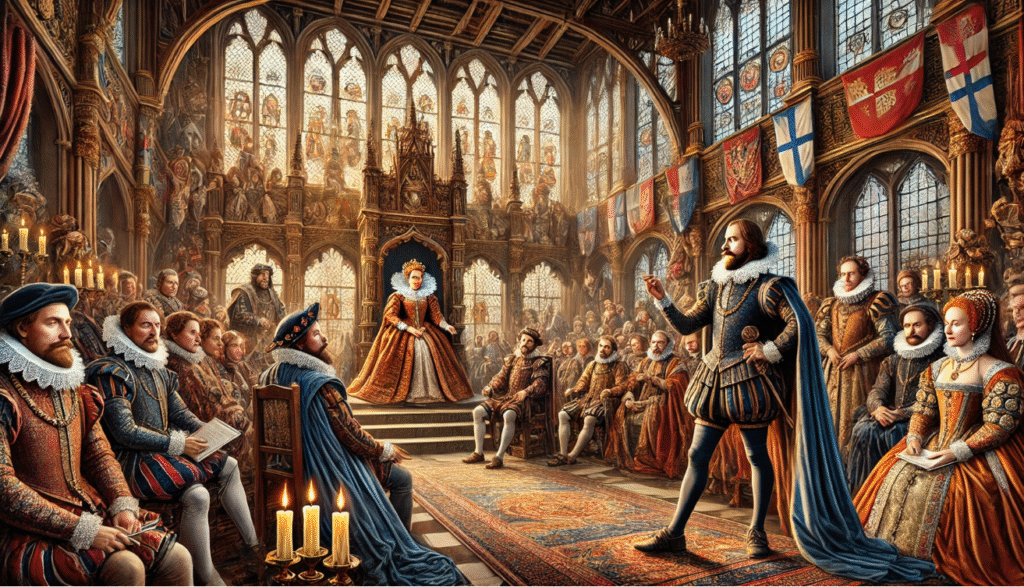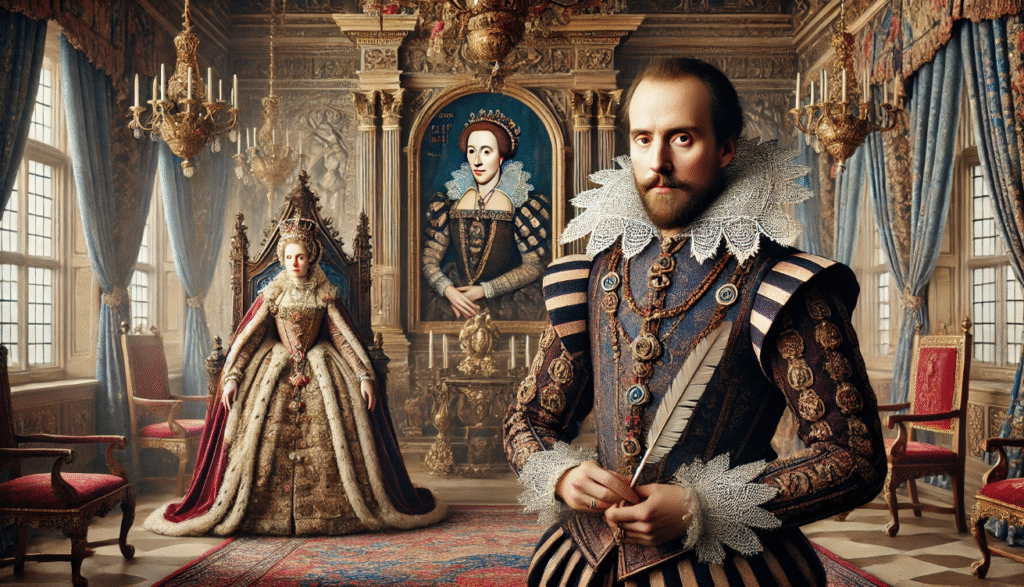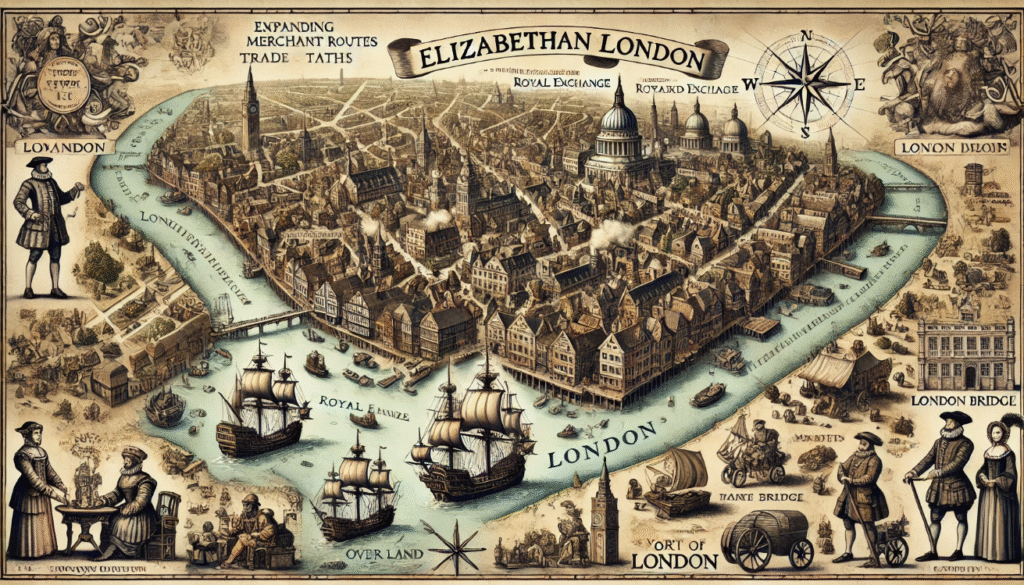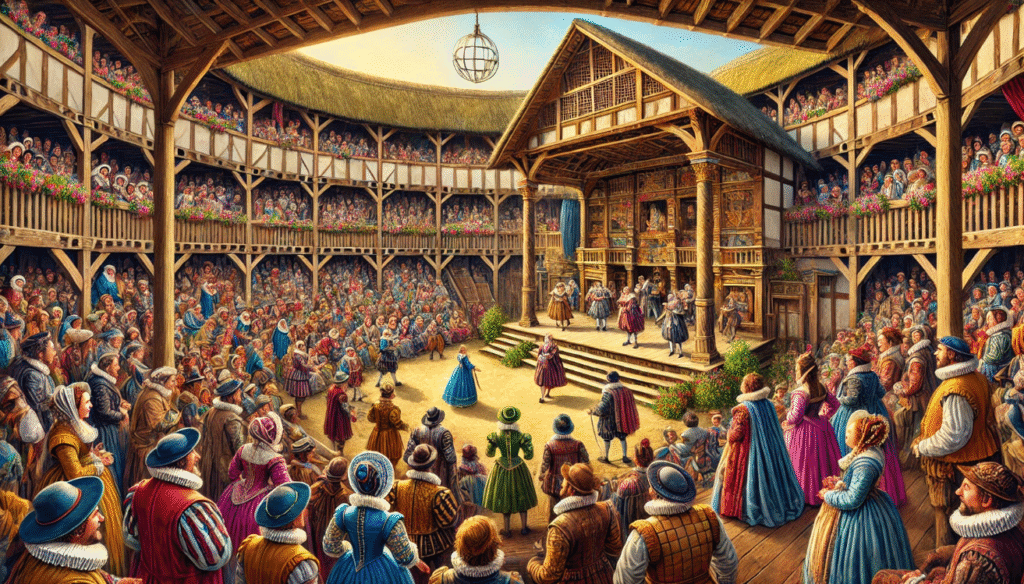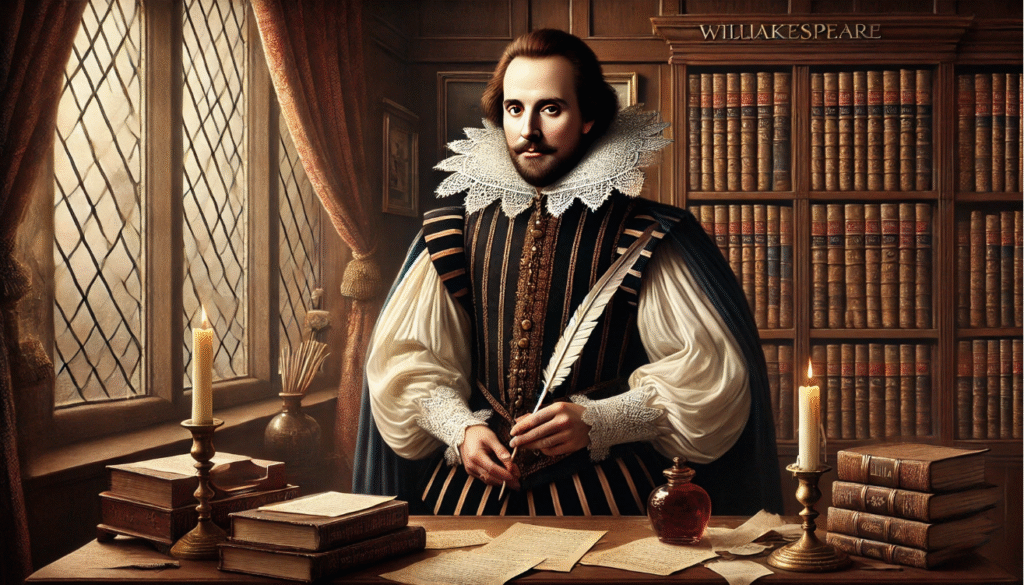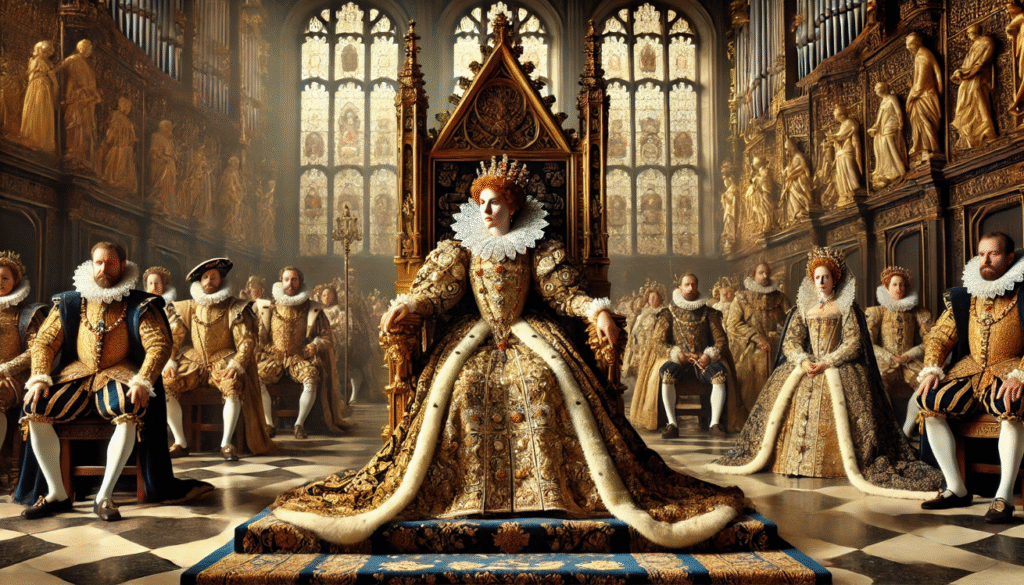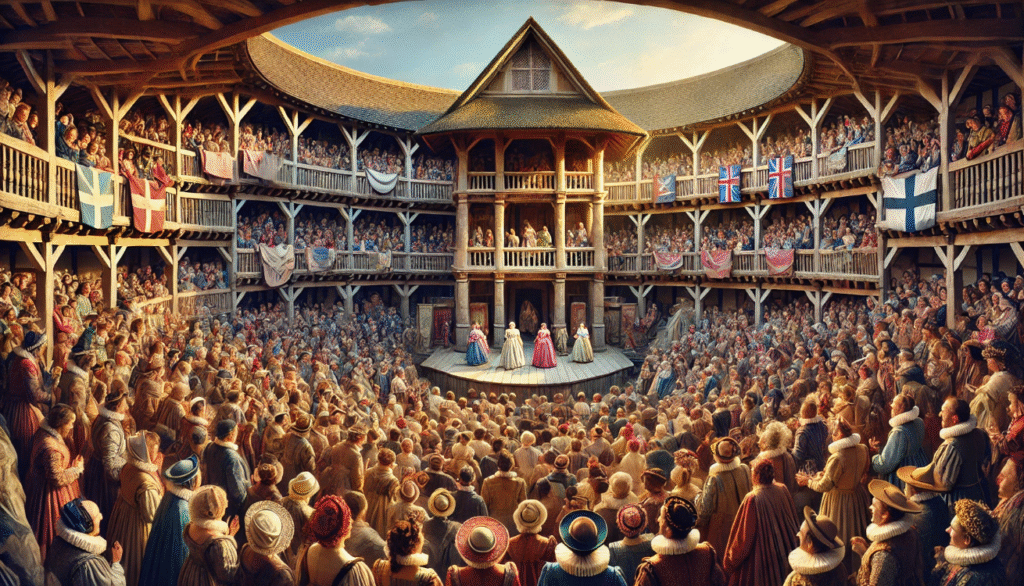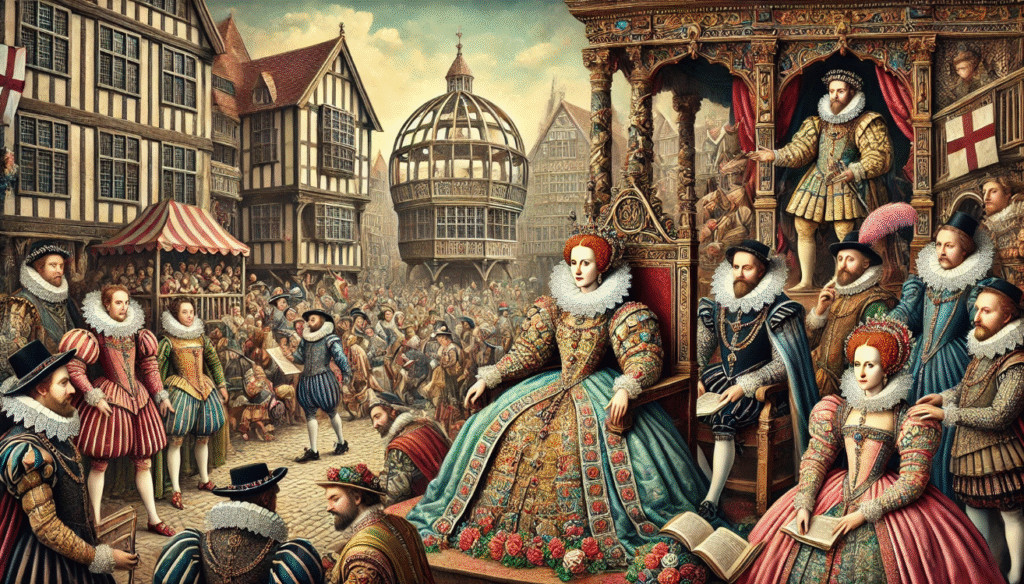The Political climate in Elizabethan England , which lasted from 1558 to 1603, was a pivotal period in English history known for its transformative impact on the country. Queen Elizabeth I played a crucial role in establishing stability and prosperity during a politically volatile time, leading to a flourishing of the arts, exploration, and trade. Her reign saw the rise of English literature, the defeat of the Spanish Armada, and the expansion of England’s global influence. Overall, the Elizabethan era marked a golden age for England, leaving a lasting legacy on the nation’s history and culture.
The political climate in Elizabethan England of any era plays a significant role in shaping the overall cultural and societal landscape, and this was particularly evident during the Golden Age. The political climate of the time influenced and contributed to the era’s Golden Age in a multitude of ways, from fostering economic prosperity and stability to encouraging artistic and intellectual growth. By examining the political events and movements of the era, we can gain a deeper understanding of how they influenced and contributed to the Golden Age.
The Historical Context of the Elizabethan Era
The Tudor Dynasty:

The Tudor lineage was a significant period in England’s history, spanning from 1485 to 1603. The dynasty was founded by Henry VII and continued with his son, Henry VIII, and his grandchildren, including Mary I and Elizabeth I. Henry VIII’s reign was marked by his break from the Catholic Church and the establishment of the Church of England, leading to significant changes in England’s religious and political landscape. Mary I, known as “Bloody Mary,” attempted to restore Catholicism to England, resulting in the persecution of Protestants. Upon Elizabeth I’s accession to the throne, she implemented a more moderate religious policy, cementing the Church of England’s authority.
Elizabeth’s Rise to Power:

Upon ascending the throne, Elizabeth I faced a number of significant challenges. One of the main challenges was the legitimacy of her rule, as she was the daughter of Henry VIII and his second wife, Anne Boleyn, whose marriage was declared invalid by the Catholic Church. This led to questions about whether Elizabeth was the rightful heir to the throne. Additionally, Elizabeth faced gender biases as a female ruler in a patriarchal society, which made it difficult for her to assert her authority. In response to these challenges, Elizabeth adopted a strategic approach to consolidating her power. She surrounded herself with trusted advisors and established a network of loyal supporters. She also cultivated a carefully crafted public image, presenting herself as a strong and capable ruler.
The Political Foundations of Stability
Elizabethan Religious Settlement
The division between Catholics and Protestants dates back to the 16th century Reformation. During this time, the Church of England, under the reign of Queen Elizabeth I, implemented the Act of Uniformity and the Thirty-Nine Articles as a way to moderate the religious conflicts between Catholics and Protestants. The Act of Uniformity established the Church of England as the official religion and required adherence to its practices, while the Thirty-Nine Articles outlined the beliefs and doctrines of the church. These measures were intended to create a middle ground between Catholicism and Protestantism, allowing for some degree of religious tolerance and unity within the kingdom.
The Role of Parliament:
Elizabeth I balanced power with Parliament by skillfully navigating the political landscape and building strong relationships with key members of Parliament. She maintained authority by consulting with Parliament on important matters and seeking their input, while also asserting her royal prerogative when necessary. As a result, she was able to effectively govern while maintaining the support of Parliament. During her reign, Elizabeth I enacted several key laws and policies that shaped the direction of England. These included the Elizabethan Religious Settlement, which established the Church of England as the official state church and sought to bring stability to the religious divide in England. She also passed the Act of Uniformity, which enforced the use of the Book of Common Prayer in all churches.
Espionage and Internal Security:

Sir Francis Walsingham played a crucial role in curbing internal dissent during the reign of Queen Elizabeth I. As her principal secretary and spymaster, Walsingham established a highly effective spy network that worked to uncover and thwart various plots against the Queen, such as the Babington Plot and the Ridolfi Plot. These plots, orchestrated by Catholic conspirators and foreign powers, aimed to overthrow Elizabeth and install a Catholic monarch on the English throne. Walsingham’s spy network diligently gathered intelligence, intercepted correspondence, and infiltrated the ranks of the plotters, ultimately leading to the arrest and execution of key conspirators.
Foreign Policy and Global Ambitions
Rivalry with Spain:
The political and religious tensions with Philip II of Spain were a result of England’s break from the Catholic Church and the rise of Protestantism. Philip II saw England as a threat to Catholicism and sought to restore Catholicism in the country through military intervention. The defeat of the Spanish Armada in 1588 was a significant turning point for England’s global standing. It marked the decline of Spanish dominance and the rise of England as a major naval power. The victory boosted England’s confidence and solidified its position as a major player in global affairs. It also helped to secure England’s place as a Protestant nation, free from Spanish influence.

Exploration and Trade Expansion:
Explorers like Sir Francis Drake and Sir Walter Raleigh played crucial roles in establishing England’s maritime dominance and laying the groundwork for the British Empire. They led expeditions to uncharted territories, claiming new lands and resources for England. Their explorations also opened up trade routes and established English colonies, contributing to the expansion of the British Empire. Additionally, their discoveries and encounters with indigenous peoples expanded the knowledge of the world and paved the way for further exploration and colonization. Overall, their expeditions were instrumental in shaping the course of history and the rise of the British Empire.

Influence of the Political Climate on Society and Culture
Patronage and the Arts:

Elizabeth I’s court played a significant role in fostering a flourishing cultural scene during her reign. The political stability and relative peace of her rule allowed for a climate of creativity and innovation. The court attracted some of the most talented and creative minds of the time, including renowned playwrights such as William Shakespeare and Christopher Marlowe. The patronage of the arts by the Queen and her courtiers provided support and encouragement for artists to produce their work. This environment of artistic patronage and support helped to cultivate a golden age of English literature and drama, with enduring works that continue to influence and inspire audiences to this day.
Education and Science:

Advancements in education and the beginnings of scientific inquiry have played a crucial role in shaping the world we live in today. The period of Renaissance saw a surge in interest in learning and knowledge, leading to the establishment of universities and the spread of humanist ideals. Figures like Francis Bacon, a key figure in the scientific revolution, made significant contributions to the development of the scientific method and the advancement of empirical research. His work laid the foundation for modern scientific inquiry and helped pave the way for the incredible technological advancements we benefit from today.
Challenges and Limitations of the Elizabethan Political Climate
Social Inequalities:

The gap between the wealthy elite and the poor continues to be a persistent challenge in many societies. Despite efforts to address poverty and inequality, there are still significant disparities in income, access to resources, and opportunities for advancement. This issue requires ongoing attention and action from policymakers, community leaders, and individuals to ensure that all members of society have the opportunity to thrive and succeed.
The Succession Crisis:
Elizabeth’s refusal to marry had significant implications for political stability during her reign. As she remained unmarried and without an heir, there was great uncertainty surrounding the succession and its effects on governance. This uncertainty created challenges for the political stability of the time, as there was no clear line of succession and potential for power struggles and instability. Elizabeth’s refusal to marry ultimately had a profound impact on the political landscape of her era.
Legacy of the Elizabethan Political Climate

Elizabeth I’s political strategies and achievements had a profound impact on the course of English history. Her diplomatic and military tactics helped to solidify England’s position as a major power in Europe and beyond. One of Elizabeth’s key achievements was maintaining a delicate balance of power both domestically and internationally. She was able to navigate the complex web of European politics, avoiding costly wars while asserting England’s influence on the world stage. Her support of exploration and trade laid the foundation for England’s eventual global dominance. The defeat of the Spanish Armada in 1588 was a pivotal moment that solidified England’s naval power and paved the way for future imperial expansion.
The central thesis of the Elizabethan Golden Age is that the political climate under Elizabeth I was a key factor in shaping this period of cultural and artistic flourishing. Elizabeth I’s astute political leadership and ability to navigate the complexities of her era laid the groundwork for a period of remarkable innovation and creativity. The enduring legacy of Elizabeth’s reign is evident in the lasting impact of the cultural and artistic achievements of the Elizabethan era. This period is often heralded as a model of political ingenuity and cultural flourishing, with its influence still felt in literature, theater, music, and art to this day. Looking forward, the lessons from the Elizabethan Golden Age can resonate in modern governance and cultural dynamics.

